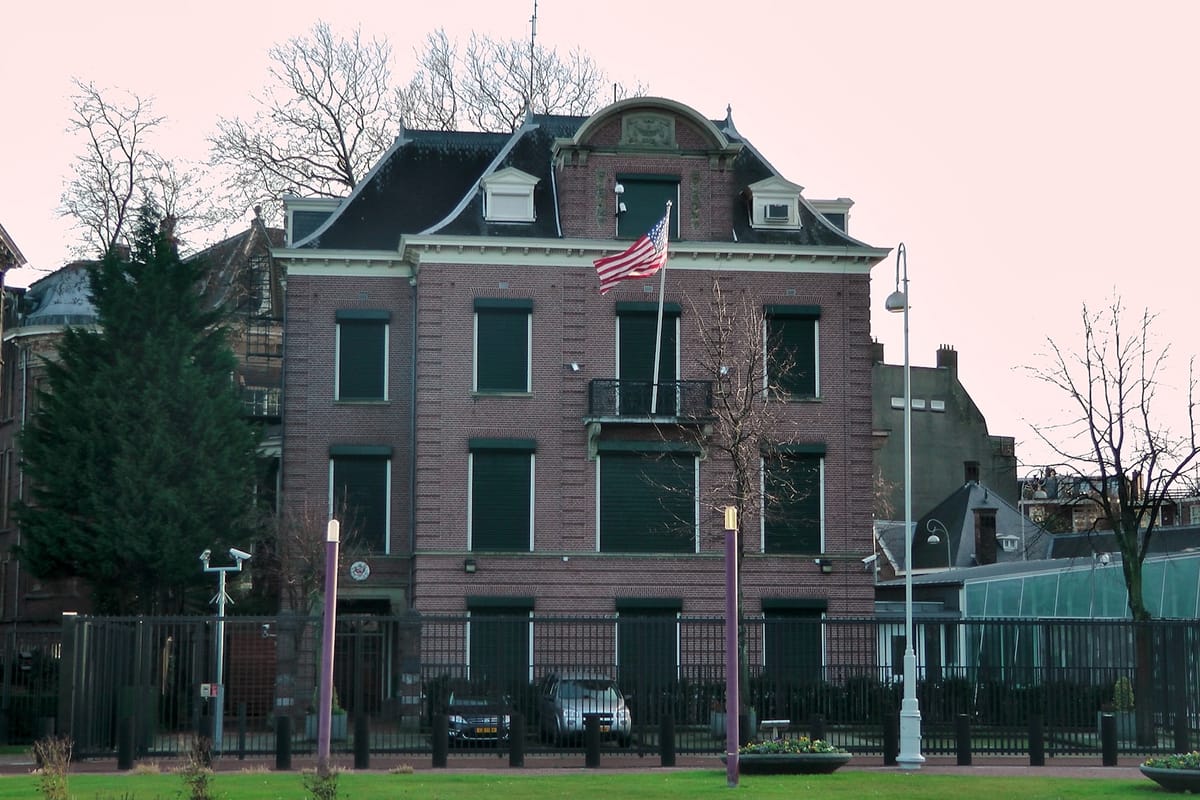

Unveiling New Flag Policy at U.S. Embassies
In a significant move, the State Department has issued a directive that restricts U.S. embassies and consulates worldwide to flying only the American flag on their official flagpoles. This policy shift emphasizes the importance of national unity and the singular representation of the United States abroad. The decision comes as part of a broader effort to streamline the symbols displayed at American diplomatic facilities.
The message specifies that only the U.S. flag should be flown on the official flagpole at embassy compounds. Other flags, including those representing various causes or groups, are no longer permitted to be displayed in this prominent position. This marks a departure from previous practices where certain flags, such as those associated with showing support for LGBT and Black Lives Matter movements, were often flown alongside or in place of the national banner.
Implementation and Exceptions
According to the State Department’s communication, the policy does not entirely ban other flags from embassy grounds. In specific cases, with approval from senior leadership in Washington, certain flags may be displayed elsewhere on the compound, though not on the main flagpole. This allowance provides some flexibility for diplomatic posts to acknowledge local customs or significant bilateral relationships while maintaining the primacy of the U.S. flag.
The implementation of this rule is immediate, with embassies instructed to ensure compliance across all facilities. This includes consulates and other official representations abroad. The emphasis on a uniform standard reflects a desire to present a consistent image of American values and priorities on the global stage.
Additionally, the policy aligns with broader efforts to ensure that U.S. diplomatic missions are seen as neutral entities focused on fostering international relations rather than endorsing specific domestic or global causes. By limiting flag displays to the national banner, the State Department seeks to avoid any perception of bias or partiality in its overseas operations. This move is also intended to prevent misinterpretations by foreign governments or populations about U.S. official stances on various issues.
Reactions from Diplomatic Circles
Within diplomatic circles, the policy has been noted as a return to traditional representations of national identity. Many see it as a way to reinforce the idea that embassies are extensions of the United States government, tasked with promoting national interests rather than engaging in symbolic gestures that could be interpreted as partisan. The clarity of having only the Stars and Stripes on official flagpoles is viewed as a step toward maintaining focus on core diplomatic duties.
Broader Implications for U.S. Foreign Policy
This policy change is part of a larger trend within the current administration to prioritize a unified national image abroad. By standardizing what is displayed at embassies, the State Department is signaling that its primary role is to represent all Americans under one banner. It also serves as a reminder of the importance of national symbols in fostering a sense of unity, especially in foreign lands where perceptions of America can vary widely.
The decision also comes at a time when debates over symbols and their meanings have intensified both domestically and internationally. Ensuring that only the U.S. flag flies on official poles at embassies avoids potential controversies that could arise from displaying other banners. This policy has been welcomed by many who believe it restores a sense of dignity and focus to American diplomatic presence overseas.
Dues are $12 per year. Member benefits:
✅ Ad-Free Website Viewing
✅ Advocacy for Republican Seniors
✅ 120+ Senior Discounts
✅ Member Only Newsletters